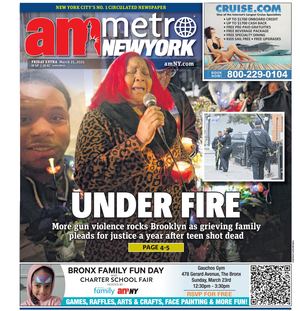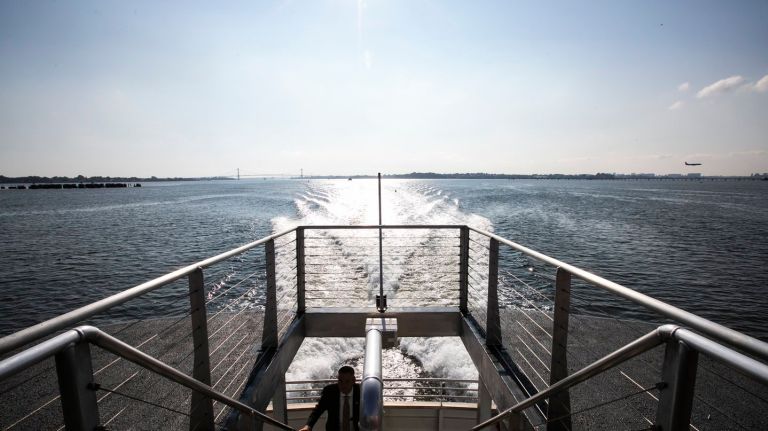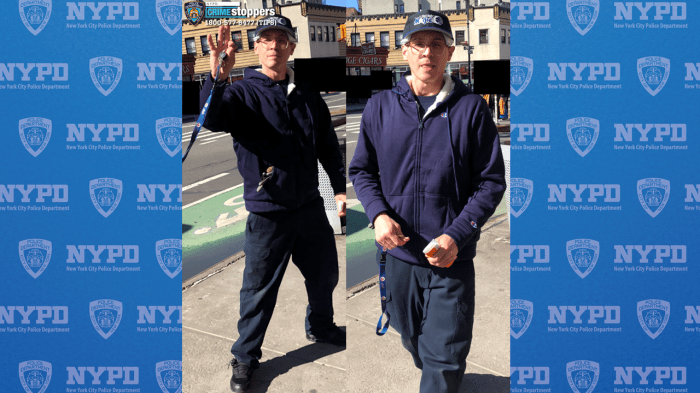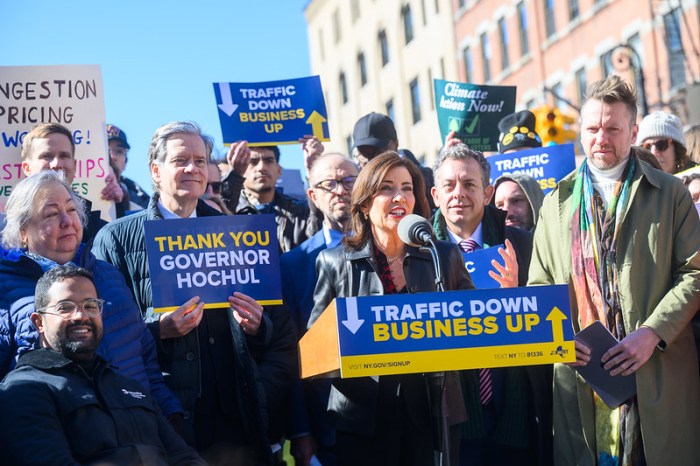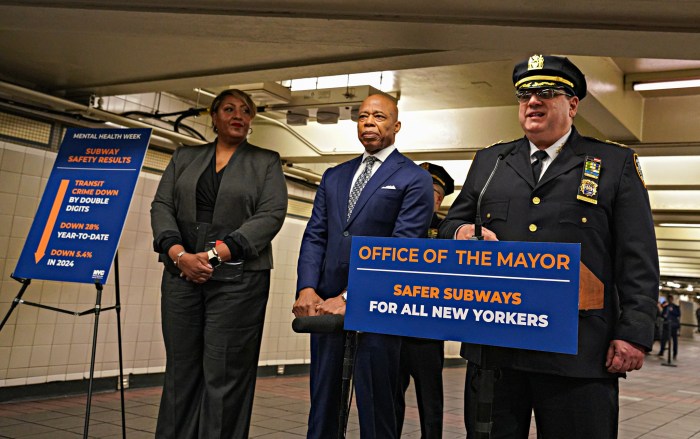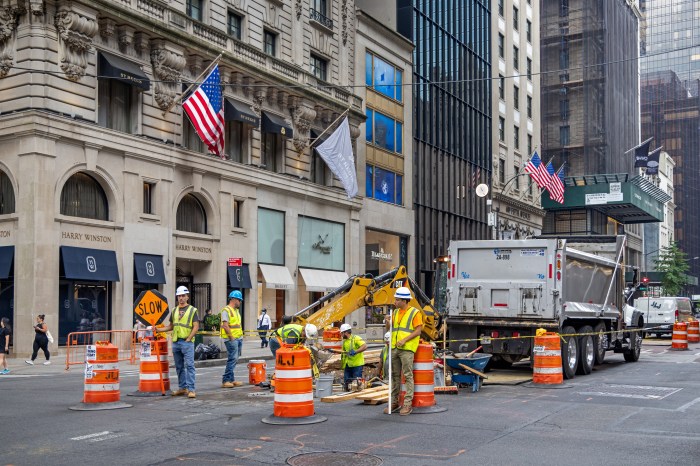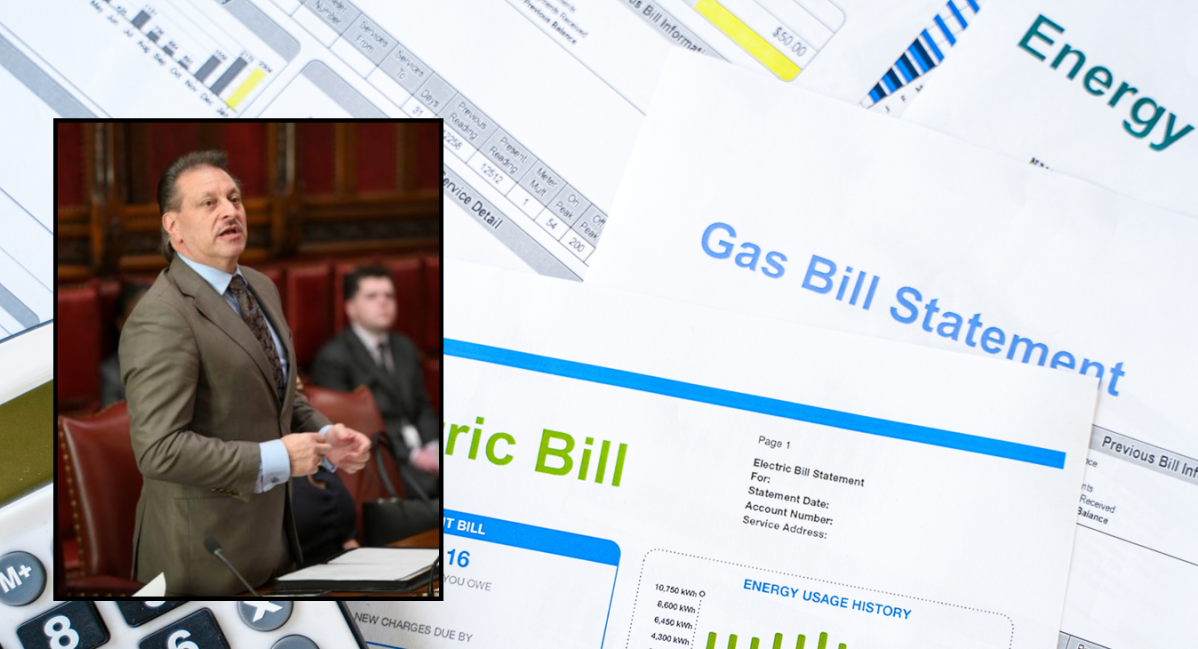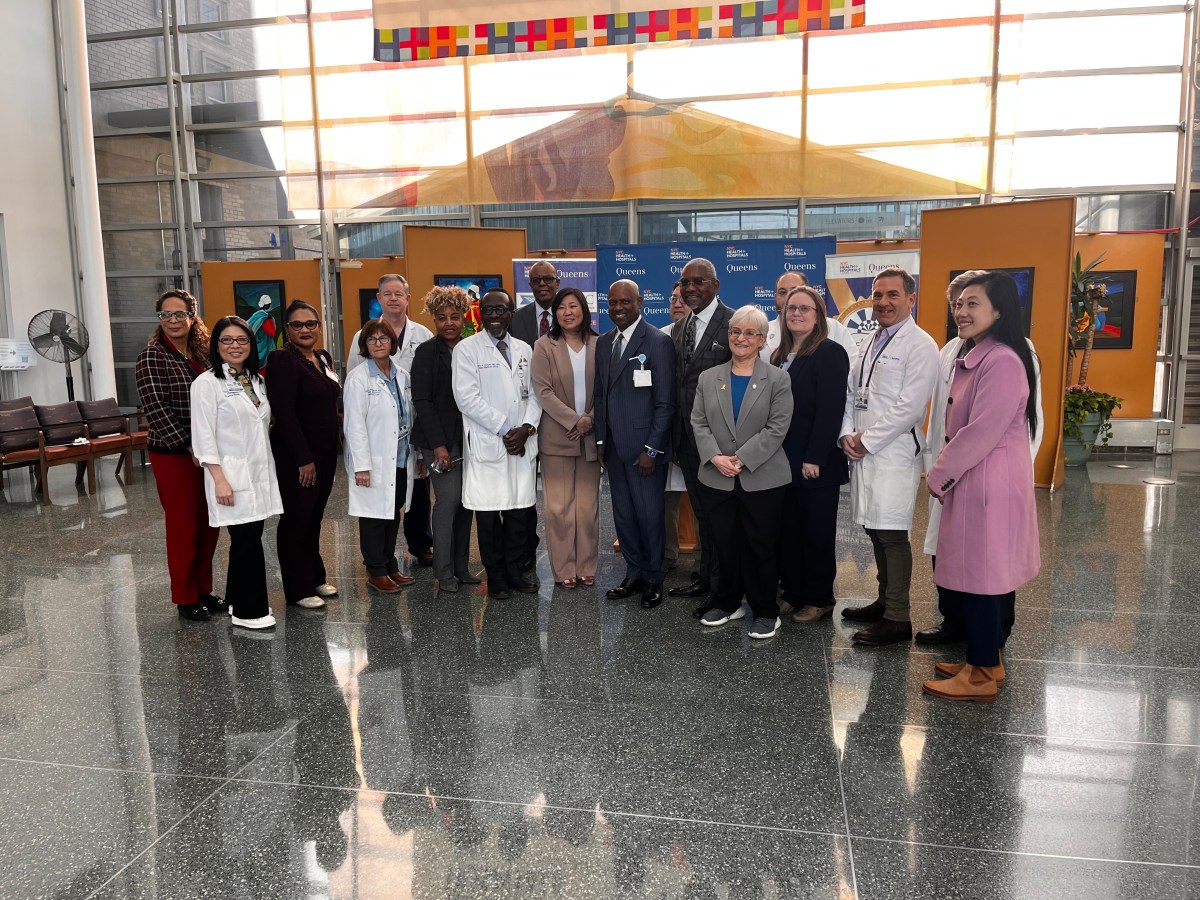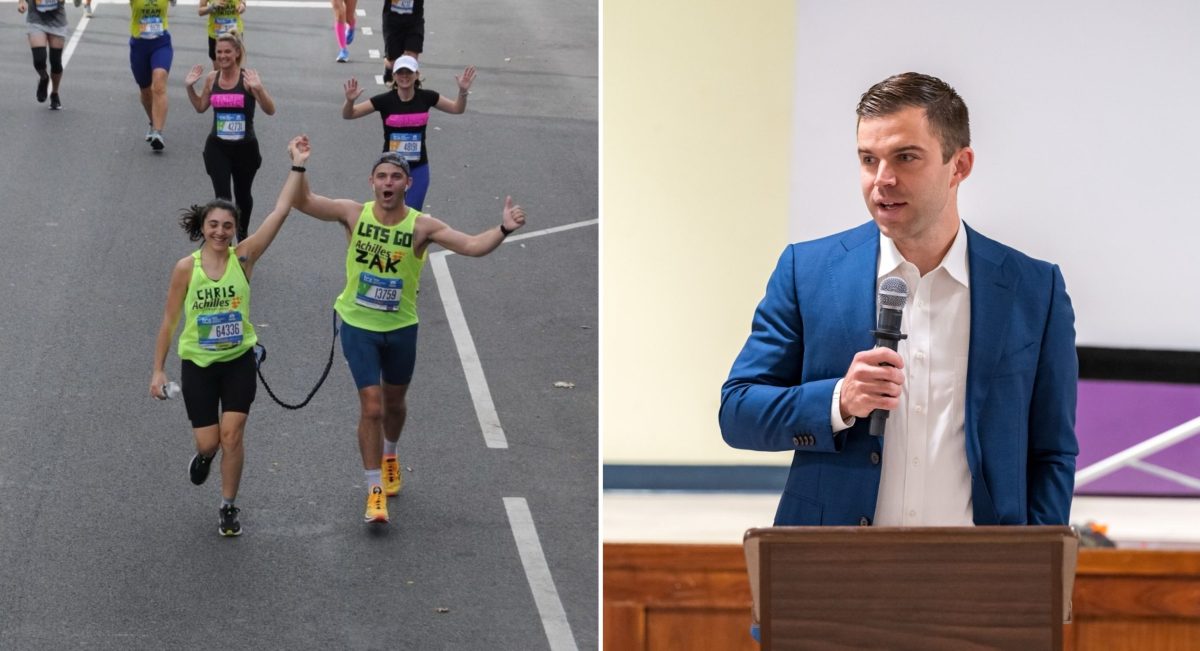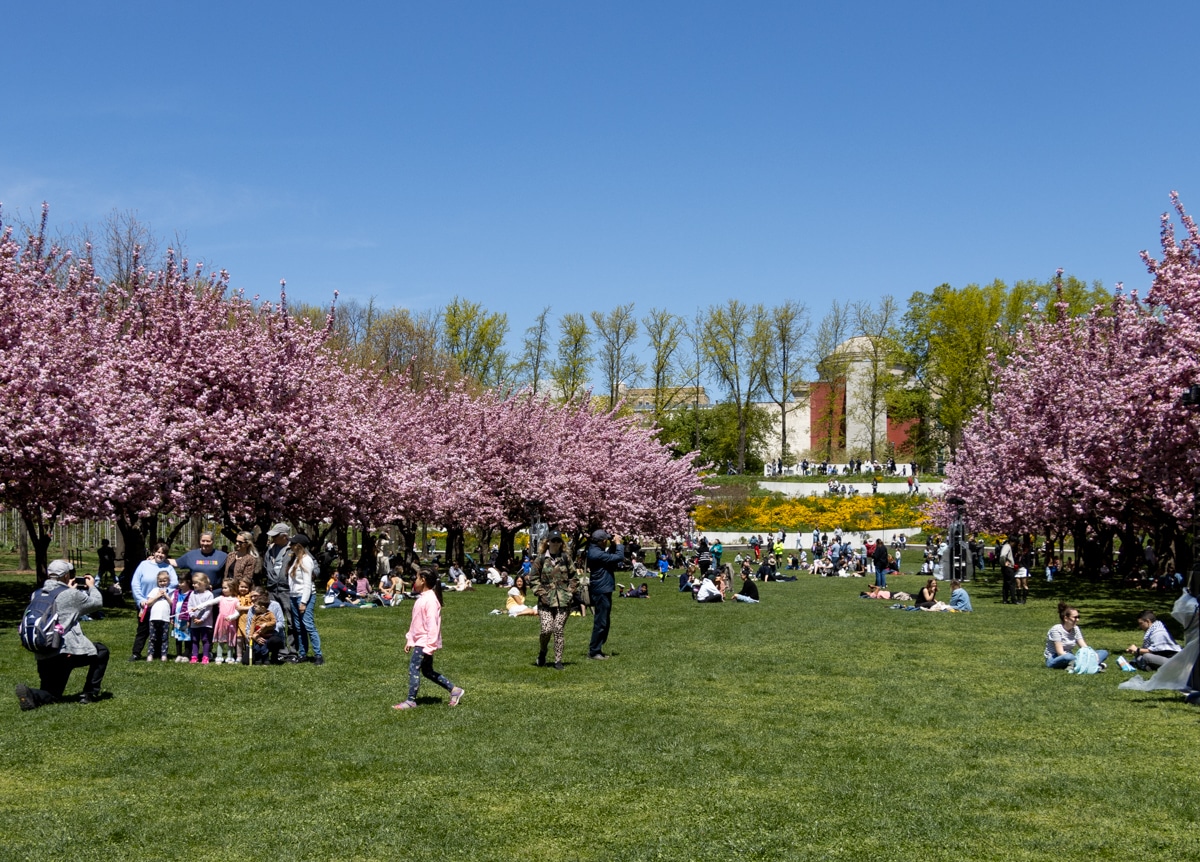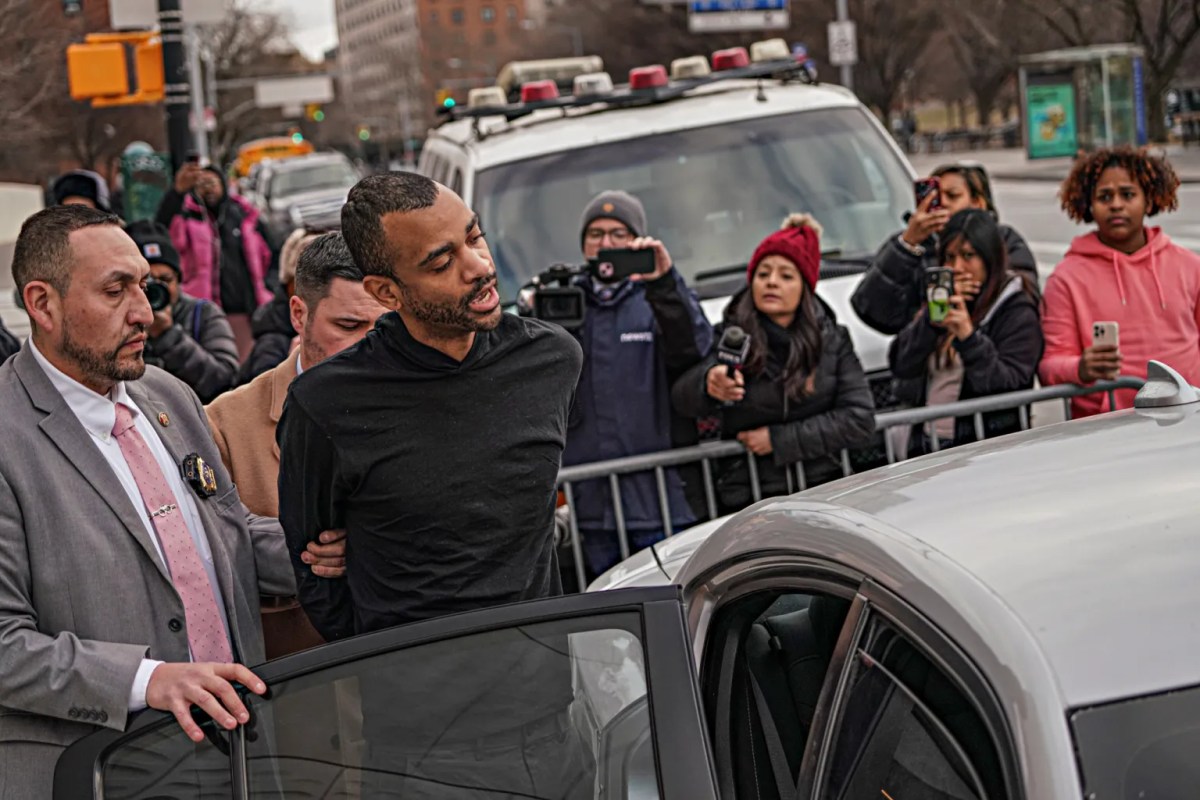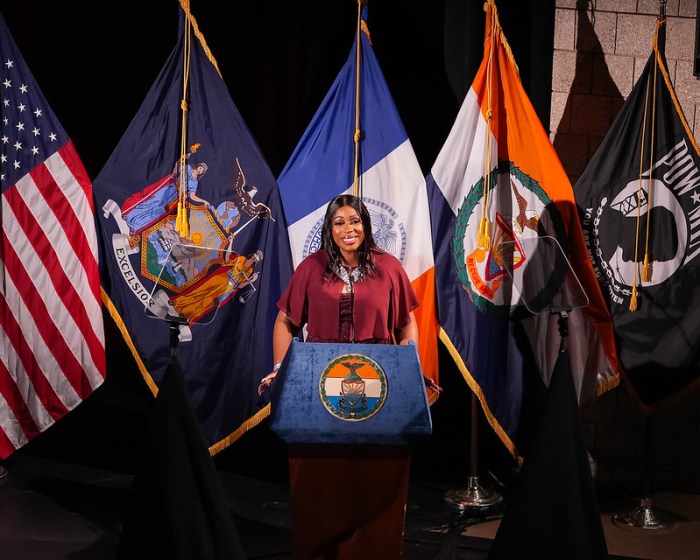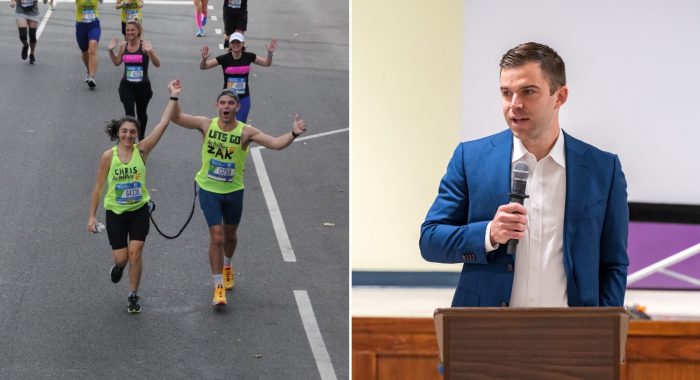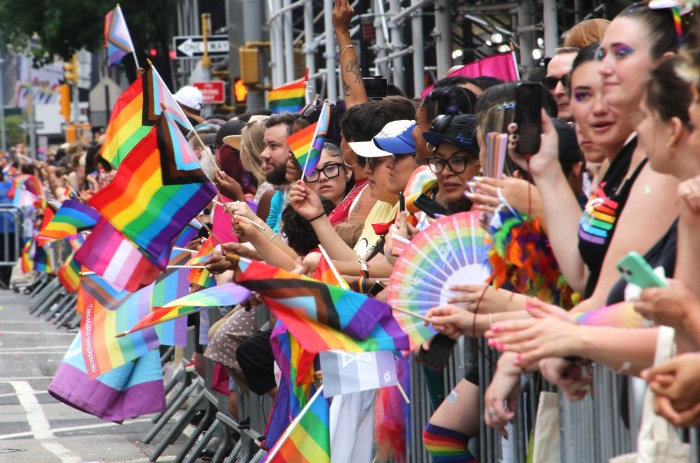NYC Ferry is taking additional measures to cut costs following ridership drops during the COVID-19 pandemic through a litany of service cuts and route rearrangements.
Seth Myers, executive vice president of the city Economic Development Corporation, says an additional 20% reduction in service on top of the 30% already implemented, but headways at key landings could stay at the same level.
This, according to Myers, will save the city up to $10 million.
“Our service as a result will be about half of what it was prior to COVID at this time last year. That’s a result of seeing some of the continued drop off in ridership, but also expecting to see a recovery process as well,” Myers told amNewYork Metro. “The other change is a is a longer term efficiency move which goes back to always trying to find a savings, is the optimization of a couple of routes.”
Three of the routes that intersect while going into the terminal landing of Wall Street – Pier 11 – Soundview and South Brooklyn – will be serving Stuyvesant Cove and Corlears Hook landings. This will help get essential workers cross the East River with more efficiency, according to Myers, as well as provide access to open space in neighborhoods such as DUMBO or Red Hook.
“Corlears Hook would be served by South Brooklyn and Stuy Cove would be served by the Soundview route. So we could maintain service at a virtually identical level to those landings while reducing the overall number of vessel service hours,” Myers added.
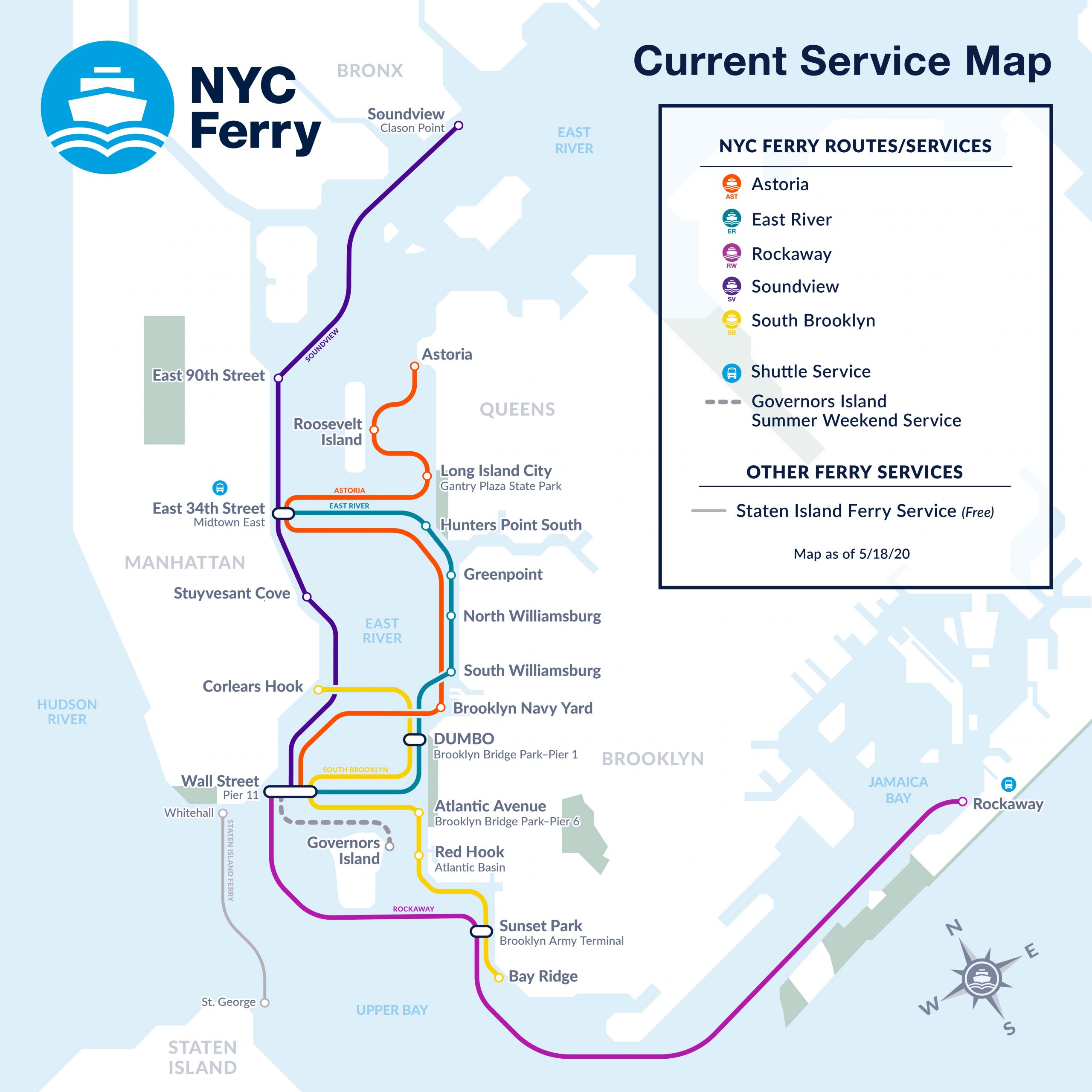
Opening the three new landings at Coney Island, St. George and Ferry Point Park will endure some changes, Myers said, in that they will all be opening in 2021. St. George in Staten Island will now open in the summer of 2021 while the other two were not scheduled for a specific time that same year.
“The goal of NYC Ferry is to connect communities and provide New Yorkers with additional transit options and that commitment will never change,” said James Patchett, EDC president. “Through these modifications to service, we are able to save the city money, provide even better service to our riders, including essential workers. We are also happy to reaffirm our commitment to expansion in Staten Island, Coney Island, and Throggs Neck, areas where New Yorkers have endured notoriously long commutes.”
Other cost saving measures to be implemented will be service stopping at 9 p.m. instead of the usual 10 p.m. on Monday as well as the closure of a parking lot, leased from National Grid, at Rockaway ferry landing. This, Myers said, is an underutilized space leased in anticipation of motorists driving to the landing that never materialized.
According to statistics from the EDC, NYC Ferry ridership has declined between 80% and 90% due to the pandemic, which is consistent with what other transit agencies such as the MTA have experienced.
Myers added that while NYC Ferry’s expectations for recovery, or even how summer will go, are fluid, routes can be rapidly changed to accommodate new ridership demands.
